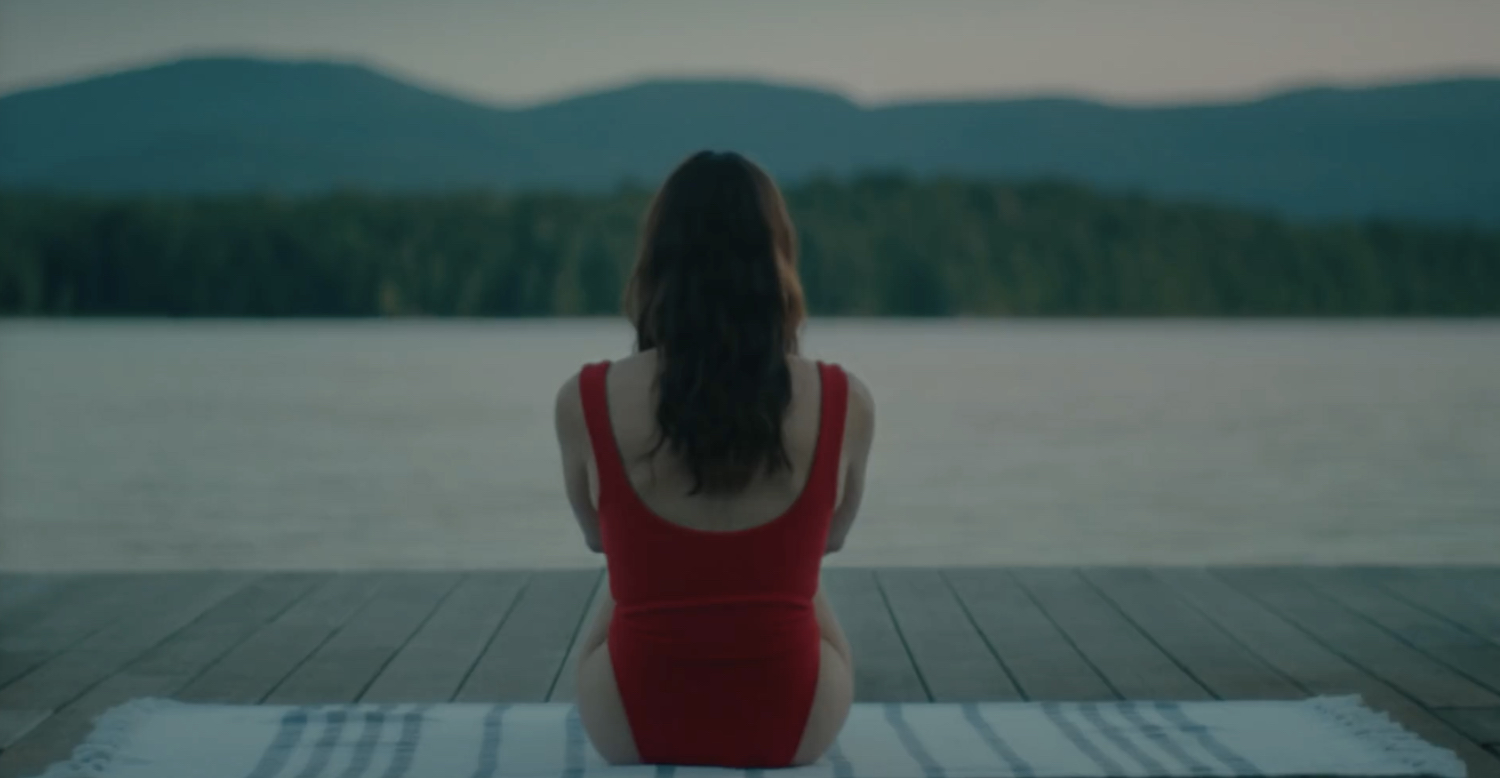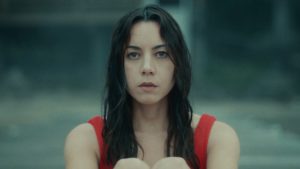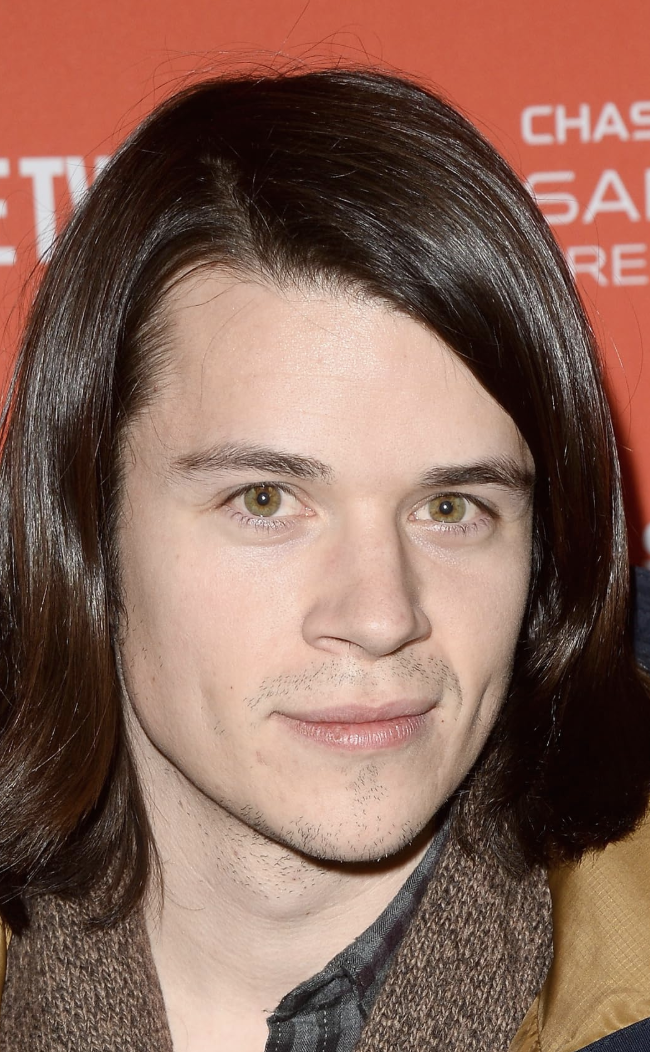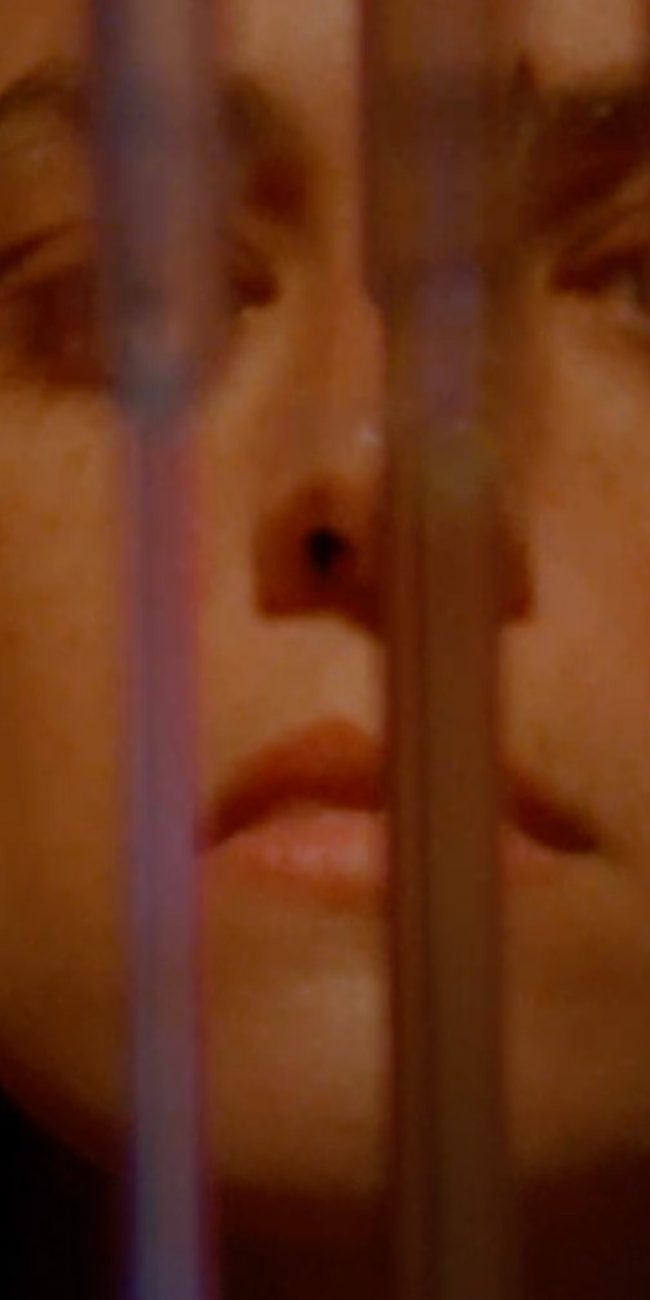A Conversation With Lawrence Michael Levine (BLACK BEAR)

I recently spoke by Zoom with director Lawrence Michael Levine (Wild Canaries) about his latest movie, Black Bear (which I also reviewed), starring Aubrey Plaza (Ingrid Goes West), Christopher Abbott (Katie Says Goodbye) and Sarah Gadon (American Woman). Plaza plays a filmmaker who travels to a cabin in the Adirondacks to rest and find inspiration for her next project, only to find herself sucked into the dysfunctional relationship of Abbott and Gadon. That’s the first half, anyway. In Part Two, the roles change. All the while, a predator lurks in the woods. Here is a condensed digest of our conversation, edited for length and clarity.
Hammer to Nail: What came first? Did you have this location and then structure the story around it, or did you have this idea for a story and then find that really cool location for it?
Lawrence Michael Levine: The first thing was that I had done a lot of work in Hollywood writing stuff for hire, working with networks, studios, production companies and stuff like that. So, I had enough money saved up that I could do something for myself, and there was a hunger that I had to do something more creative, more spontaneous, and that drew more from the international influences that I enjoy. There was that. And then I did Joe Swanberg’s show Easy, and I acted with Aubrey on the show, and saw a different side of her and saw that she was really, really hardworking, dedicated, and she was really ready to be challenged, so I thought it’d be cool to work with her. I started to think, with that in mind, that I wanted to do something with Aubrey.
And around that time, a friend of mine showed me some pictures of a camp that his family had in the Adirondacks with a bunch of cabins around a lake that his family retreated to every summer, and he suggested that I make a movie there. It seemed like he was going to cut me a deal or something. And it was a beautiful, beautiful spot, so I thought, “Okay, what can I do with Aubrey in this location that is crazy and weird and that we can also get made?” I knew I had to keep it simple, so I thought maybe I would tell a story of two love triangles. I’d tell a story in two parts, and each part would be a different love triangle in which Aubrey’s character was either betrayed or the betrayer.
And at some point, I had a dream where it was very much like the first part. It was a dream where I think my wife and I were somewhere and there was a third person and we got into some sort of political argument and just the vibe of the dream, not so much the events, but the vibe of the dream was the impetus at the start. I was trying to capture something that I felt in this dream and at a certain point, it just started to flow really easily. And I had no outline or anything like that, which is unusual for me. Usually I do an outline first, but for Part One of this film, I had no such thing. Every day I was showing up in the office and surprising myself. And I was just kind of connected to this subconscious line. And eventually when Part One ended, I knew that I had to pair it with another love-triangle story, and in this case she would be the betrayed.

Filmmaker Lawrence Michael Levine
And I remembered that 10 years ago I had written an outline for a story after conversations that I had had with this couple. The woman in the couple was an actress who resented her boyfriend, who was a director, for not putting her in his films. And I had a separate conversation with him where he confessed that he resented her for always bugging him to put her in his films because he thought it made it seem like she was using him. And I thought it would be interesting if that director put his girlfriend in a film and tortured her as a way of playing out this dynamic. And I thought, “Well, that would be an interesting thing to juxtapose to this other story.” And then there were questions of, well, would this be the backstage drama of the first part or not? And ultimately, I decided that it wouldn’t be, for various reasons, but it was a circuitous process that culminated in the film that you see.
HtN: Interesting that you use the word “circuitous,” because you open and close with basically the same image, making it cyclical, and you therefore give the audience the possibility of interpreting both scenes as coming out of Aubrey’s notebook. And so whoever the Aubrey Plaza character is really, whether she’s the person in the first half or the person in the second half, you could also see her as this person working through these ideas for a movie and exploring the possibilities of how both stories might go. You’ve built that in there, as well. When did you come up with that device?
LML: I think…I don’t remember, but it was definitely after I made the decision not to make the second part a behind-the-scenes drama about the first. I thought that was too reductive and would leave the audience feeling there was something too pat about it, too cute about it, and so I decided to make the relationship between the two less clear. And I hoped that that ambiguity would make it feel like the dream I had, in the sense that you keep returning to this, looking for meaning, but meaning always just slides through your fingers like sand. But indeed, I did want the audience to question who the creator was of this work and at what point this work was created.
HtN: So then, to you, what does the whole notion of the black bear represent? Since you’ve titled your film Black Bear, is it just a red herring to make us think about it a lot or is there some…I hate to use the word symbolism, because I don’t really like analyzing symbols in films a lot of times, but what, to you, does this serve?
LML: It’s interesting that you ask. Like I told you, I didn’t really have a plan for the movie as I was writing it. I was writing the scenes one after another without knowing where the next one was going to come from. I knew that I was building towards some big culmination, but I didn’t have an ending that was powerful. And I don’t know at what point this idea came to me, if it was in a dream or if I was in my office meditating, but I thought, “Well, they’re in the Adirondacks where there are a lot of bears. What if a bear showed up in their path, they had to swerve off the road and crashed?” That just came to me without any sort of thinking about what it meant symbolically. It was more just like, “What could be there that would intersect their path?” I guess this is sort of a spoiler if you haven’t seen the film, but not really.
And then it was only after that I realized what bears meant, because I was thinking to myself, “Why did you think of this? What does this mean here?” And it occurred to me that bears are a symbol of death and rebirth, and I do think that that’s actually incredibly connected to the material in a way that I wouldn’t necessarily have known because I was just looking for something that would realistically be in their path. But I do think the film is about artistic rebirth. I think it’s about channeling. I didn’t make this obvious and you could claim I made it too ambiguous, but the story for me is really about channeling your pain into something more positive and cathartic.
HtN: Yeah, and certainly the way the second half ends with the bear is very different than the way the first half ends with the bear, so I can definitely read that into it.
LML: One is death and one is rebirth.
HtN: So, based on what you said earlier, I understand how you ended up casting Aubrey Plaza, since she was basically the genesis of the project. What about Christopher Abbot and Sarah Gadon?
LML: I had been dying to work with both of them and both of them were my first choice for the roles. I had seen Chris’ stuff for years and I just thought he was the best actor of his generation and I really wanted to work with him. I tried to get him to be in another film I was trying to get made earlier and we talked about it and he said no, but luckily I didn’t take offense and I tried again and it worked out this time, and he was incredible.
And then Sarah, I saw in James Schamus’ film Indignation, and it was definitely one of those moments where I thought, “Oh, I have to work with this person. She’s incredible.” And it was just great to have her in the film. They’re all represented by CAA [Creative Artists Agency]. Aubrey was a producer on the film, as well, and she was very proactive in getting them both cast. Her agent, Chris Andrews, has got incredible taste and great clients and he also reps Sarah, got her involved and then helped with Chris as well.
HtN: One of the things that really impressed me about the second half from a production standpoint is how clever you were to write it on a film set, because then you can show all your lights and show all the set. There’s no sloppy, “Whoops, that’s in the frame,” because it all makes sense, right? It frees you up to do things, which I thought was really smart. How many of those people that we see in those sets are just your crew, whom you can also therefore feature as extras because they’re doing what they would be doing?
LML: Yeah, the only work we had to do in terms of placement of equipment was we had to think, “Well, where would this equipment actually be if they were shooting this movie from this angle?” And a couple of times that was violated. But I thought to myself, “No, that’s better.” I don’t know why. I just thought, “Let’s violate it; let’s violate it and have something in a place where they wouldn’t have it,” because I don’t know: I just thought that would add to the surrealism in some subliminal way.

Aubrey Plaza in BLACK BEAR
And as far as…anyone who has a speaking role is an actor, but there are no extras. Everybody else is all crew. And some of the crew, they may be extras, but they have physical business to do and they have blocking to do. They have marks to hit. And they were all really cooperative. At the beginning of the movie, they had to sign a waiver that said, “I agree to be on film,” and they all knew that they were going to be in the movie. Almost every single member of our crew appears onscreen at some point or another.
HtN: So, that red bathing suit is such a striking image. And then Sarah Gadon at one point is also wearing red. It’s a very simple design choice, but it worked. How did you come up with that particular red color?
LML: Well, I had a great production designer and a great costume designer, and they worked in close connection. I don’t believe that the bathing suit was red in my script, but we decided on the color red because of the scarlet letter and this idea of a tainted woman, which was the costume designer’s … well, I don’t know if it was Tracy [Dishman] or Allison [Pearce], but it was either the production designer or the costume designer that chose that color, and I of course loved it.
HtN: Since your first image is Aubrey Plaza against a white-mist background, having something that bright and vivid is just…I mean, it’s quite a striking way to start and end the film, visually speaking.
LML: Yeah, thanks. That misty lake was something.
HtN: Did that come naturally or did you have to add to the mist?
LML: No, it did that every morning.
HtN: Of course. It’s the Adirondacks, after all. One of the things that I also really enjoyed is when we make that transition between the two halves. The first half is so tragic and then there’s a complete tonal shift. Now, by the end of the second half, things have switched within that tone, but it’s almost at first like this screwball-slapstick comedy, a little bit. At what point did you know you wanted that much of a tonal shift, at least at the start of the second half?
LML: I knew that I wanted it to be funny and also really, really intense and dramatic and for the audience to be disoriented by that and to not know whether to laugh or cry or what.
HtN: I really enjoyed that moment when Chris Abbot gets off the boat and he comes up to Aubrey and he’s so intense, and yet there’s something so funny about their interaction. And so I was able to relax and very much enjoy that tonal shift. Well, Lawrence Michael Levine, thank you so much and I wish you all good things with the film.
LML: Awesome. Thank you.
– Christopher Llewellyn Reed (@ChrisReedFilm)











